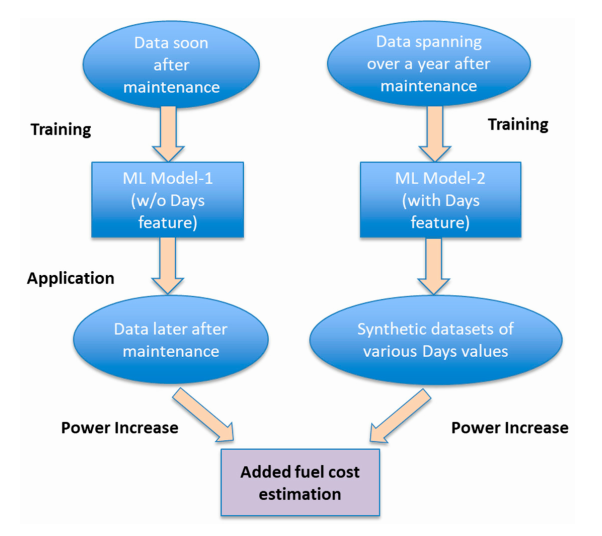
ASSESSMENT OF HULL AND PROPELLER DEGRADATION DUE TO BIOFOULING USING TREE-BASED MODELS
Nikos Themelis, School of Naval Architecture and Marine Engineering (NTUA)
Vasilios Zagkas & George Nikolaidis, SimFWD
ABSTRACT
A hull and propeller biofouling assessment framework is presented and demonstrated using a bulk carrier as a case study corresponding to an operational period of two and a half years. The aim is to support the decision-making process for optimizing maintenance related to hull and propeller cleaning actions. For the degradation assessment, an appropriate key performance indicator is defined comparing the expected shaft power required with the measured power under the same operational conditions. The power prediction models are data-driven based on machine learning algorithms. The process includes feature engineering, filtering, and data smoothing, while an evaluation of regression algorithms of the decision tree family is performed. The extra trees algorithm was selected, presenting a mean absolute percentage error of 1.1%. The analysis incorporates two prediction models corresponding to two different approaches. In the first, the model is employed as a reference performance baseline representing the clean vessel. When applied to a dataset reflecting advanced stages of biofouling, an average power increase of 11.3% is predicted. In the second approach, the model entails a temporal feature enabling the examination of scenarios at different points in time. Considering synthetic data corresponding to 300 days since hull cleaning, it was derived that the fouled vessel required an average 20.5% increase in power.














